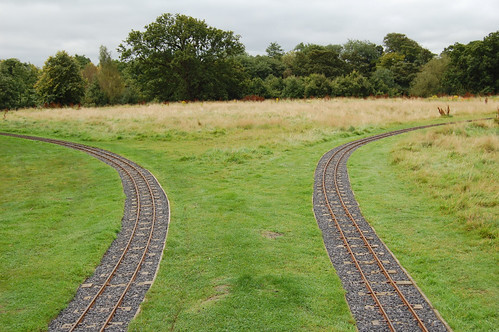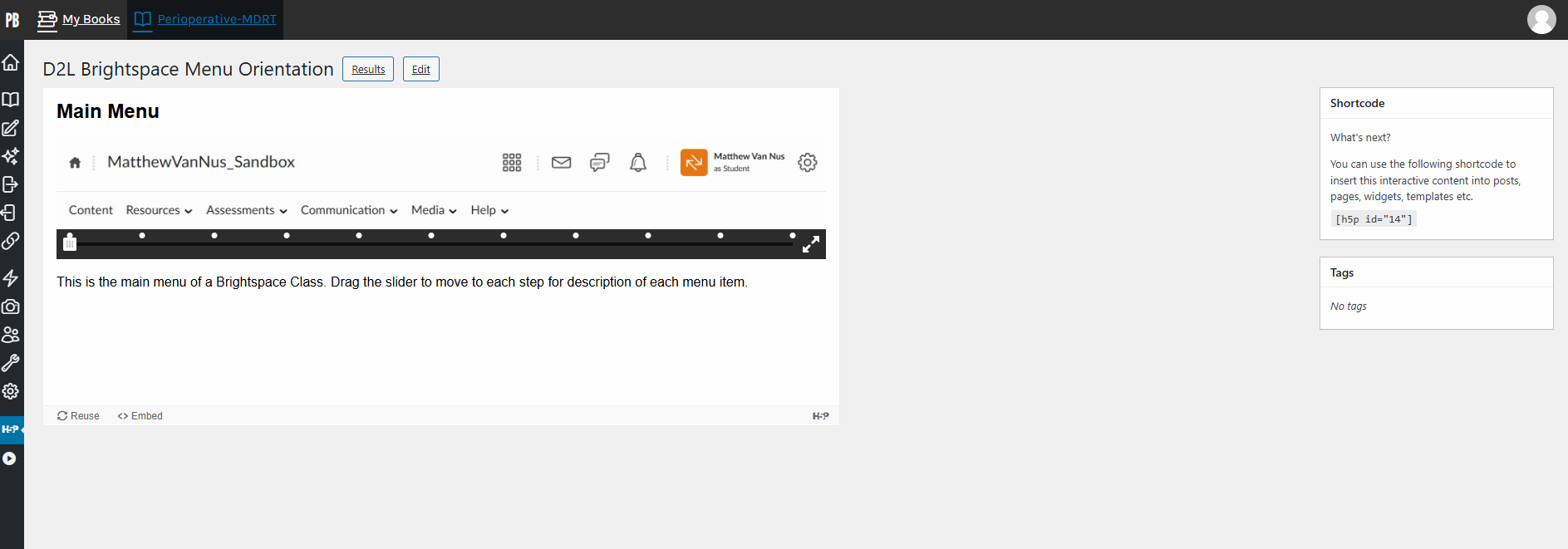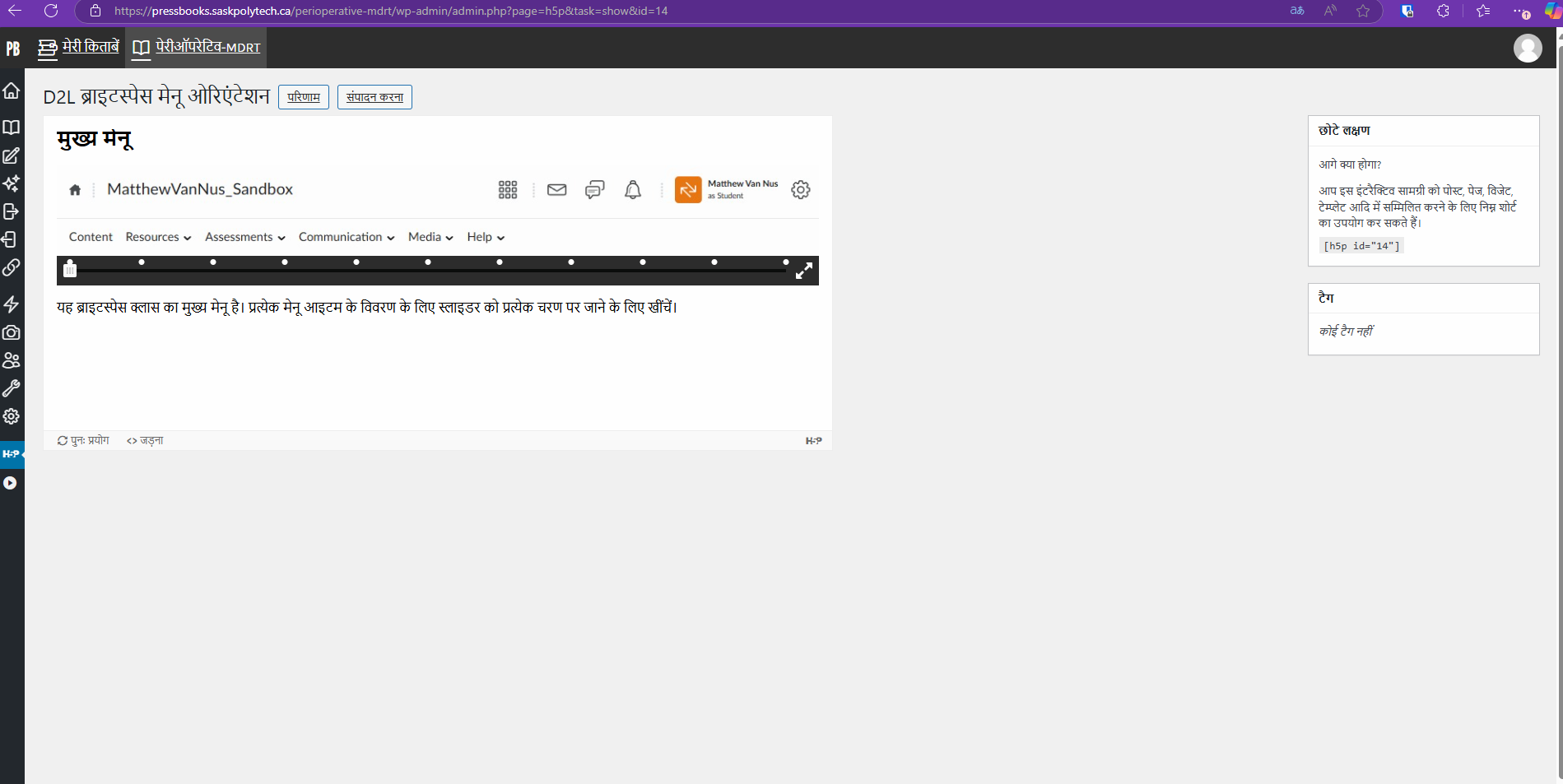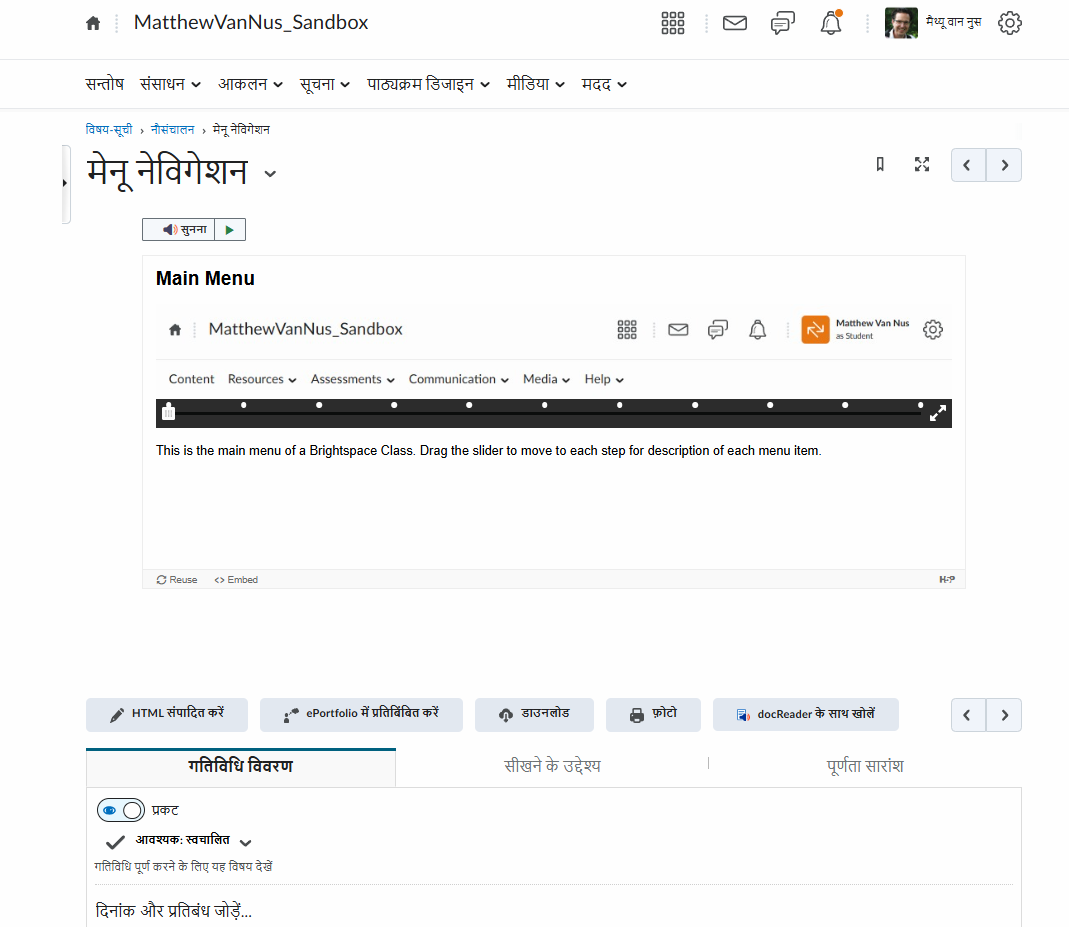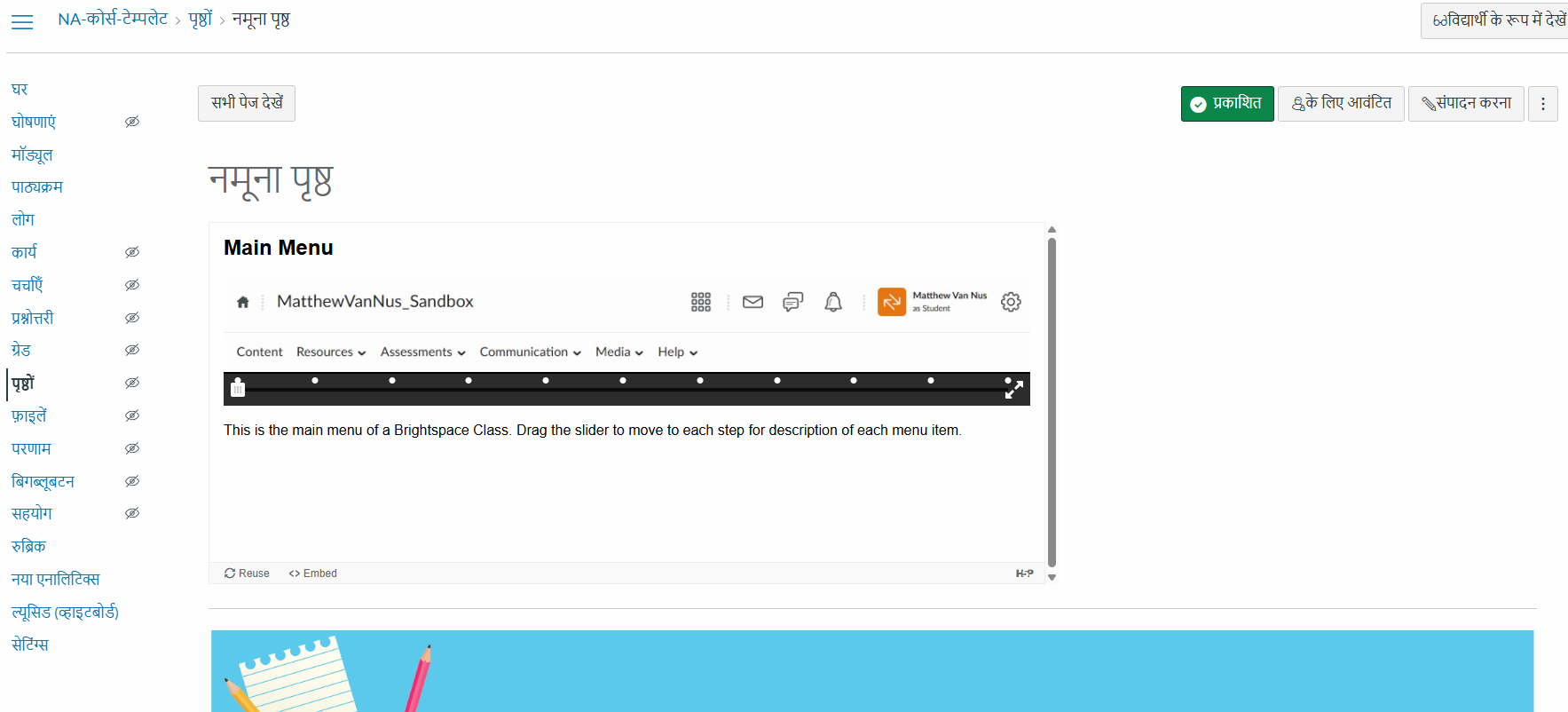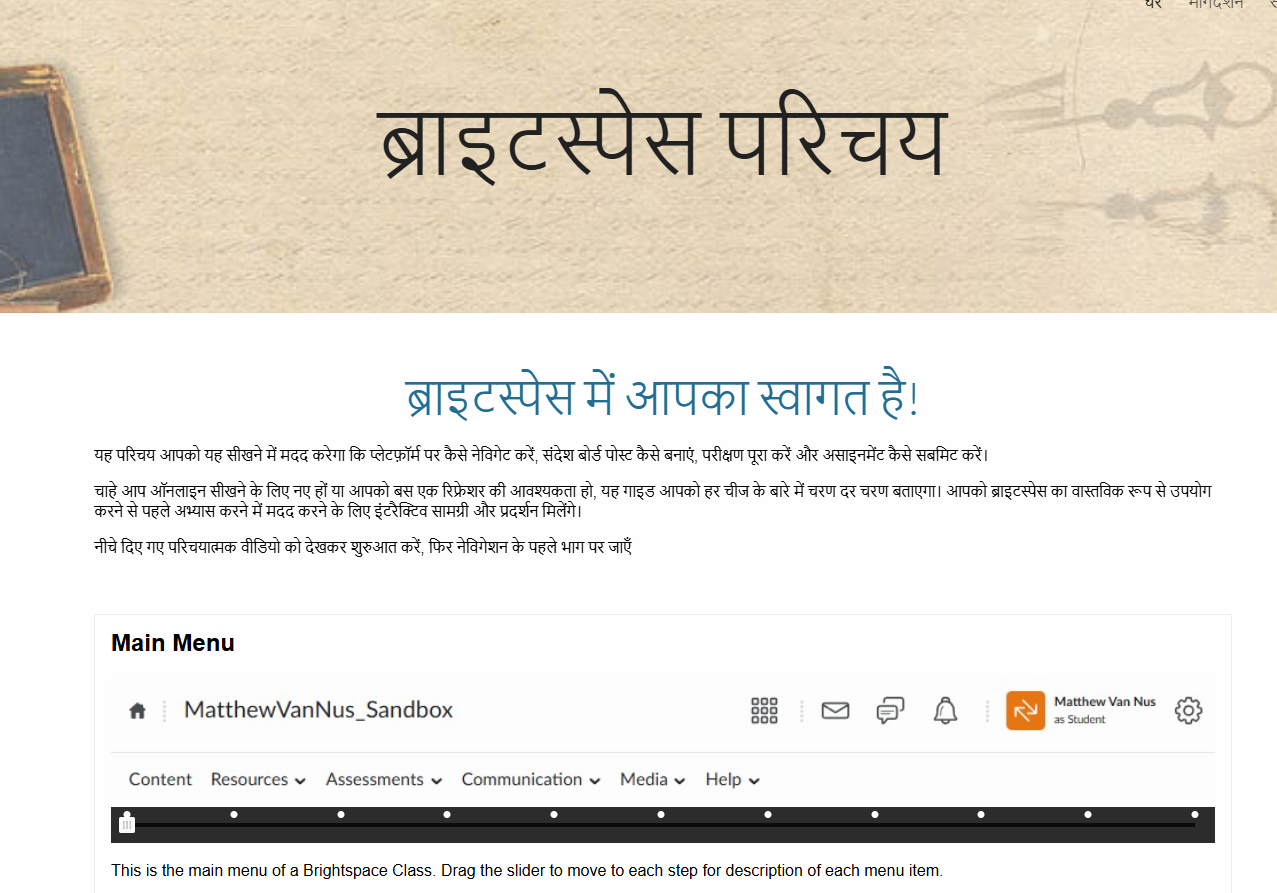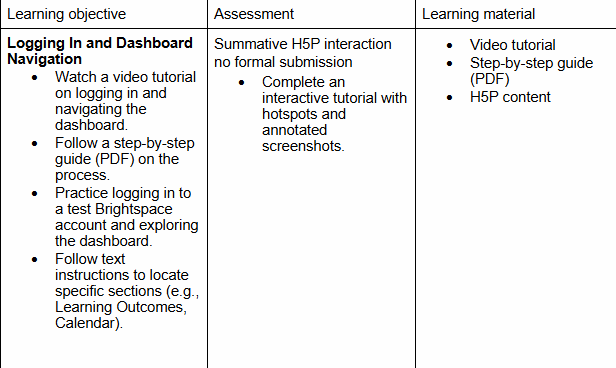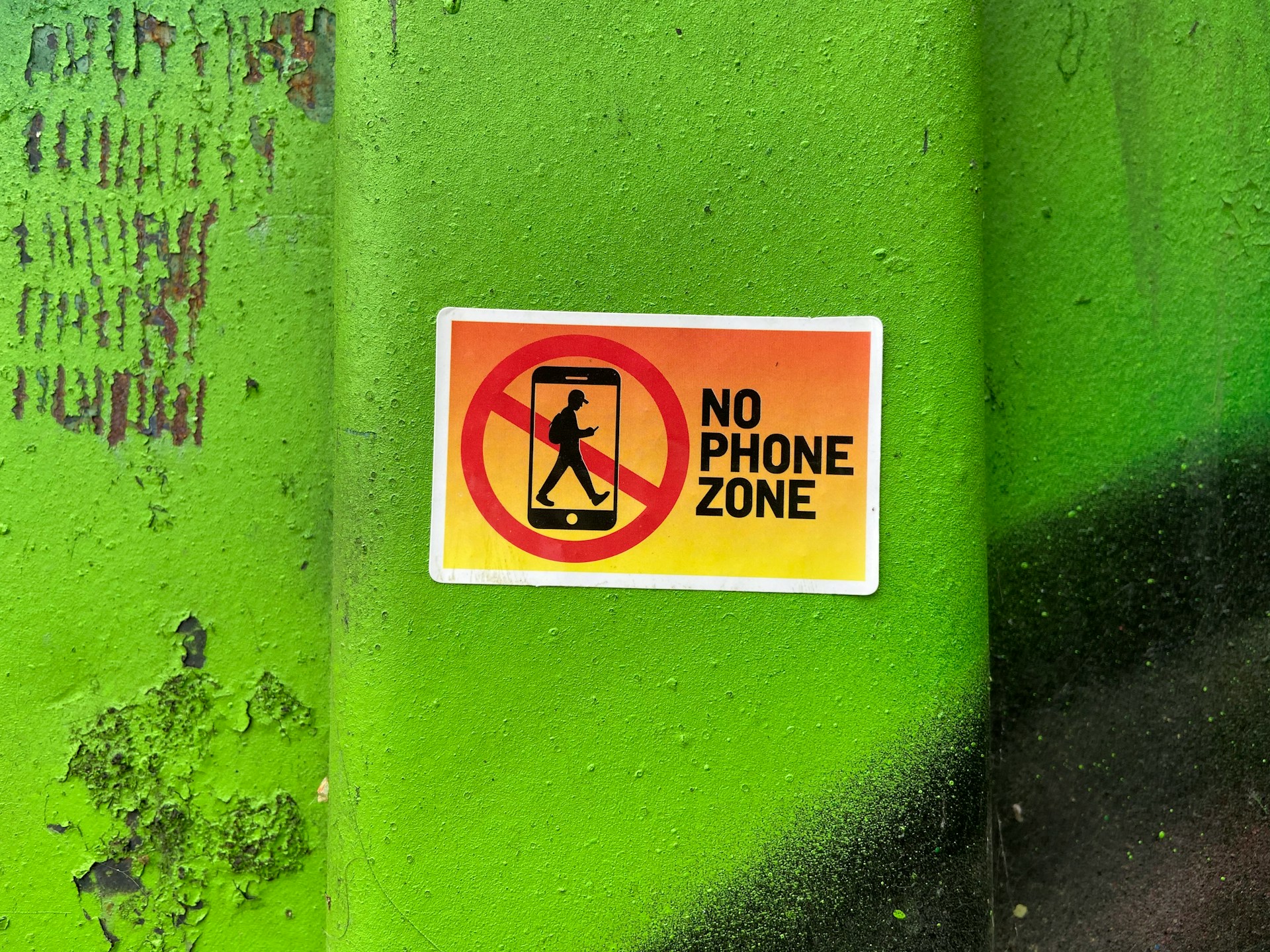
Photo by Magenta on Unsplash
When I first started thinking about school cell phone bans, I felt like an outsider. I don’t teach children, and I don’t have kids at that age. So I wanted to take a different perspective that comes mostly from research, and what I found is… complicated.
When I first started looking at school cell-phone bans, I expected the data to be pretty one-sided. Most headlines, and many large studies, warn about the dangers of too much screen time. But as I read more, the picture became more complicated, especially when you look at what kids are doing on those screens and who has the resources to guide them.
Not All Screens Are Equal
Karani, N. F., Sher, J., & Mophosho, M. (2022). state that active and passive screen time are not the same thing. Active use, (where a child is creating, problem-solving, or physically engaging) can expand vocabulary, spark curiosity, and expose children to new cultures. Passive use (think endless scrolling or background TV) is far more likely to carry negative effects.
The issue isn’t screens themselves, but the context and purpose of use.
Risks of Social Media Overload

Photo by Shyam Mishra on Unsplash
I feel as this is a cell phone ban policy, this mostly would impact the teenage students in our systems. So I wanted to understand what impacts device use has on that age.
Santos, Mendes, Sen Bressani, de Alcantara Ventura, de Almeida Nogueira, de Miranda, and Romano-Silva (2023) document the mental-health costs of heavy social media use among teens. Fear of Missing Out (FoMO) drives constant checking, while late-night “vamping” disrupts sleep and lowers cognitive performance. Blue-light exposure delays melatonin release, worsening anxiety and depression related to lack of sleep.
The research doesn’t say “ban everything,” but it does show how unlimited, unsupervised use erodes well-being.
What about Cell Phones in Classrooms?
Research on school phone bans shows mixed results, but one pattern stands out: the biggest gains come from students already at a disadvantage.
-
-
Beland & Murphy (2016) found exam scores rose slightly overall after bans, but the effect was driven by low-achieving students, whose scores improved by about 14% of a standard deviation.
-
Abrahamsson (n.d.) saw similar benefits for students from low socioeconomic (SES) families, while high-SES students showed little change.
-
Removing phones can act as a small equalizer, giving vulnerable students a better chance to focus. Yet I’d caution on framing this as a matter of “poor self-control,” as some researchers do, risks blaming individuals while ignoring structural barriers (economic stress, crowded classrooms, and limited academic supports) that make concentration harder.
A ban may reduce distraction in the short term, but lasting equity requires more than policy: schools also need digital-citizenship education, mental-health resources, and supports that help all students learn to manage technology beyond the classroom.
(Campbell, Edwards, Pennell, Poed, Lister, Gillett-Swan, Kelly, Zec, & Nguyen, 2024)
Parental Involvement as a Protective Factor
Muppalla, Vuppalapati, Pulliahgaru, and Sreenivasulu (2023) offer a more positive note. High-quality content, such as e-books, early-learning TV, educational blogs, can strengthen language, literacy, and even positive racial attitudes. Their review finds that parental involvement is key:
-
-
co-viewing programs,

Photo by Vitaly Gariev on Unsplash
-
setting boundaries, and
-
keeping screens out of bedrooms
-
Are all reduce risks like sleep disturbance, lower academic performance, and social-emotional delays.
This makes intuitive sense. Kids benefit when adults help them choose enriching content and limit mindless consumption.
But Here’s My Social-Justice Catch
Pointing to “good parenting” as the solution can unintentionally shift responsibility away from systems and onto individual families.
Families with higher incomes and flexible jobs are far more able to supervise screen use by curating content, enforcing limits, and co-viewing, than families working multiple jobs or night shifts. They also have more resources to offer the alternatives to screen time such as sports, music lessons and other organized activities. Children who spend more unsupervised time on screens are not necessarily victims of “bad parenting,” but of structural inequities such as:
-
-
low wages that require parents to work two or three jobs,
-
inadequate childcare options,
-
housing, transportation, and food security barriers that consume family time.
-
A social-justice lens asks us to see these conditions not as private failings but as the result of economic and policy decisions.
Blaming parents for “too much screen time” ignores the way labour markets, childcare access, and digital inequality shape what’s possible inside a household.
Moving the Conversation Forward
If society feels screen time is an issue that needs attention, they also need to address equity. Digital citizenship lessons, after-school programs, and accessible community spaces can help fill the gap for students whose parents simply can’t monitor every online interaction.
The real question isn’t just how much screen time is safe, but who gets the support to use technology well.
NOTE: The ideas and opinions expressed in this post are my own. I used ChatGPT to help organize and articulate my thoughts more clearly. All other sources are referenced below
References
Campbell, M., Edwards, E. J., Pennell, D., Poed, S., Lister, V., Gillett-Swan, J., Kelly, A., Zec, D., & Nguyen, T.-A. (2024). Evidence for and against banning mobile phones in schools: A scoping review. Journal of Psychologists and Counsellors in Schools, 34(3), 242-265. https://doi.org/10.1177/20556365241270394 (Original work published 2024)
Muppalla, S. K., Vuppalapati, S., Pulliahgaru, A. R., & Sreenivasulu, H. (2023). Effects of excessive screen time on child development: An updated review and strategies for management. Cureus, 15(6), e40608. https://doi.org/10.7759/cureus.40608
Karani, N. F., Sher, J., & Mophosho, M. (2022). The influence of screen time on children’s language development: A scoping review. The South African journal of communication disorders = Die Suid-Afrikaanse tydskrif vir Kommunikasieafwykings, 69(1), e1–e7. https://doi.org/10.4102/sajcd.v69i1.825
Santos, R. M. S., Mendes, C. G., Sen Bressani, G. Y., de Alcantara Ventura, S., de Almeida Nogueira, Y. J., de Miranda, D. M., & Romano-Silva, M. A. (2023). The associations between screen time and mental health in adolescents: a systematic review. BMC psychology, 11(1), 1-21.


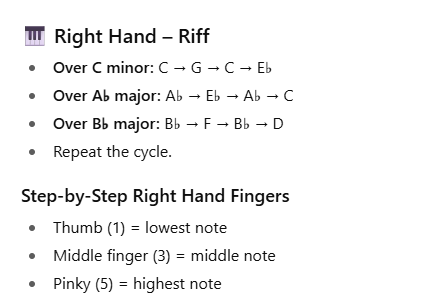
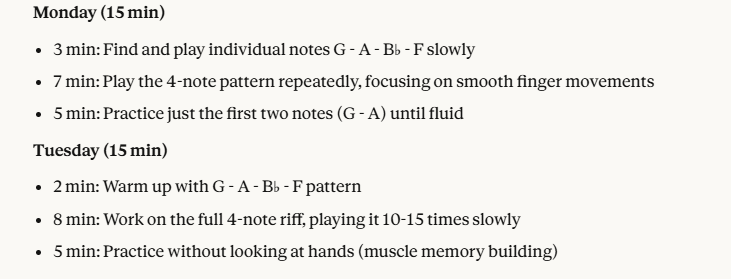

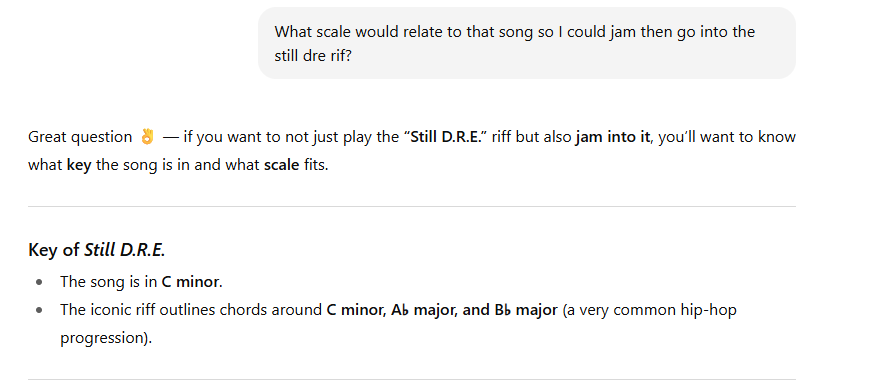
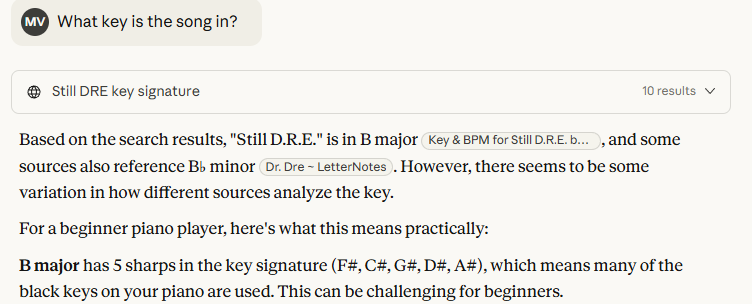



 My relationship with social media began in the early 2000s with MSN Messenger. At the time, it felt revolutionary. For the first time, I could instantly reach out to friends and “chat ” whenever I wanted. This was especially meaningful for me as someone who was not naturally talkative in person. MSN offered a new avenue for connection, one that shaped the way I interacted with peers and broadened my comfort with digital communication.
My relationship with social media began in the early 2000s with MSN Messenger. At the time, it felt revolutionary. For the first time, I could instantly reach out to friends and “chat ” whenever I wanted. This was especially meaningful for me as someone who was not naturally talkative in person. MSN offered a new avenue for connection, one that shaped the way I interacted with peers and broadened my comfort with digital communication.



